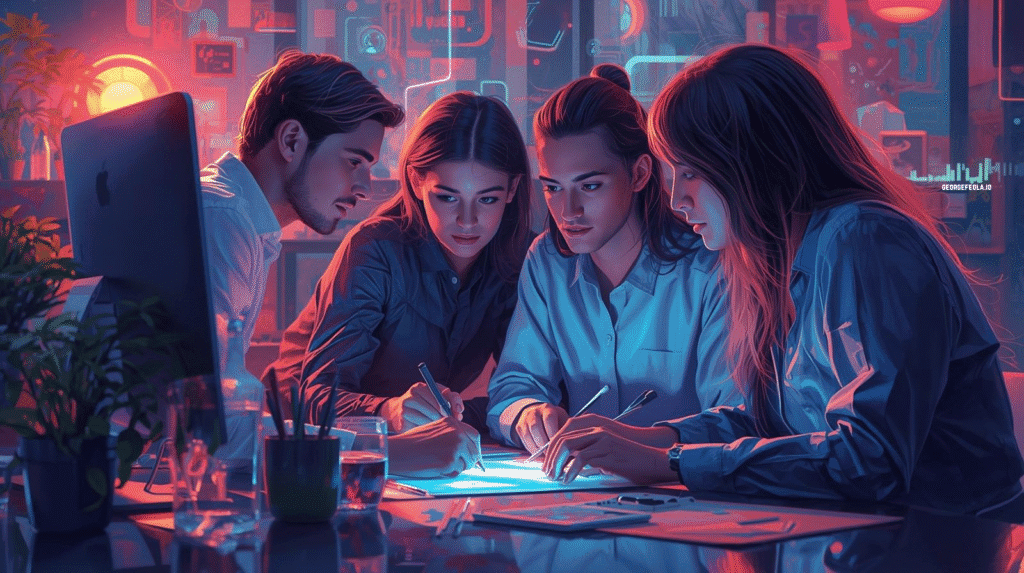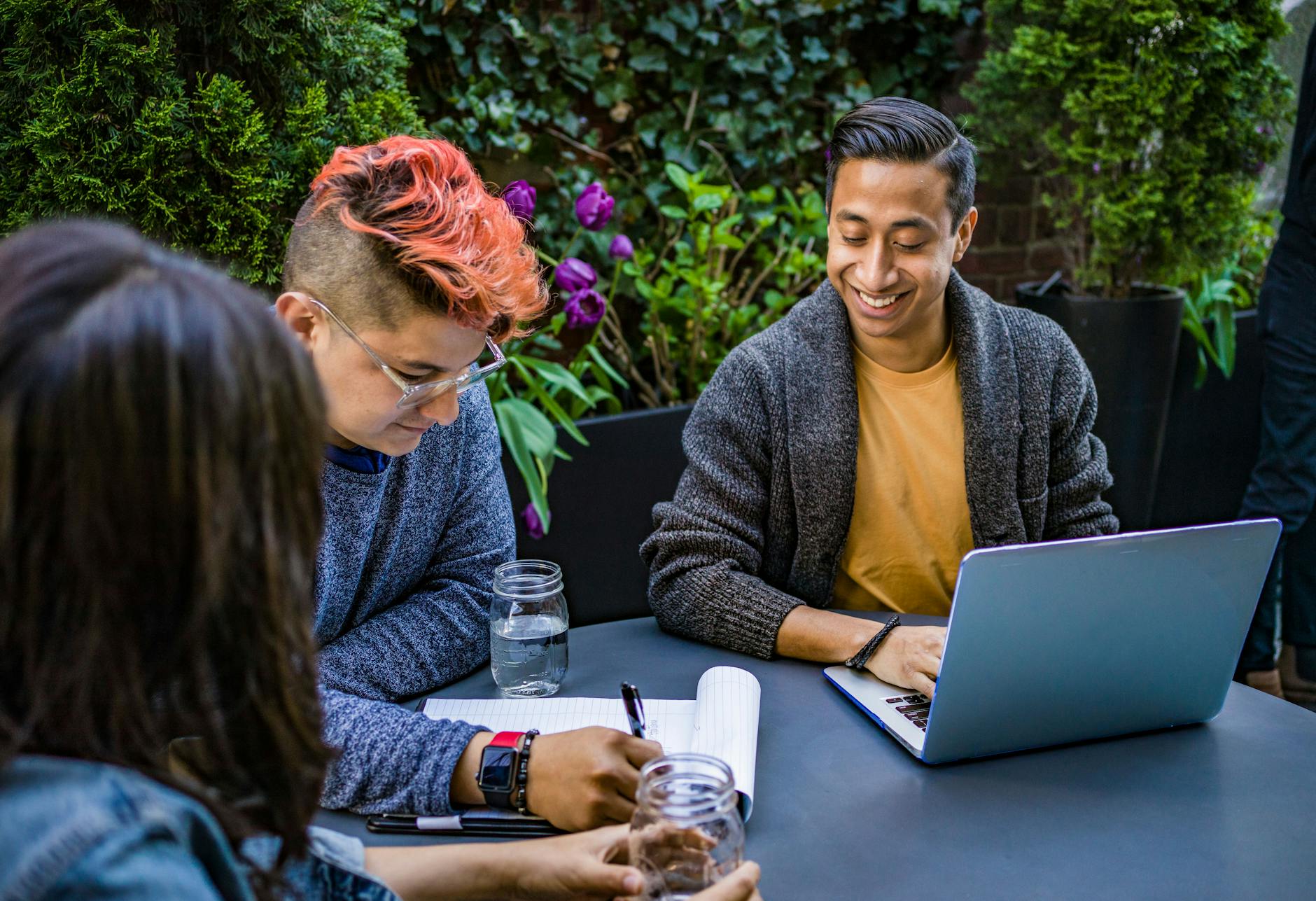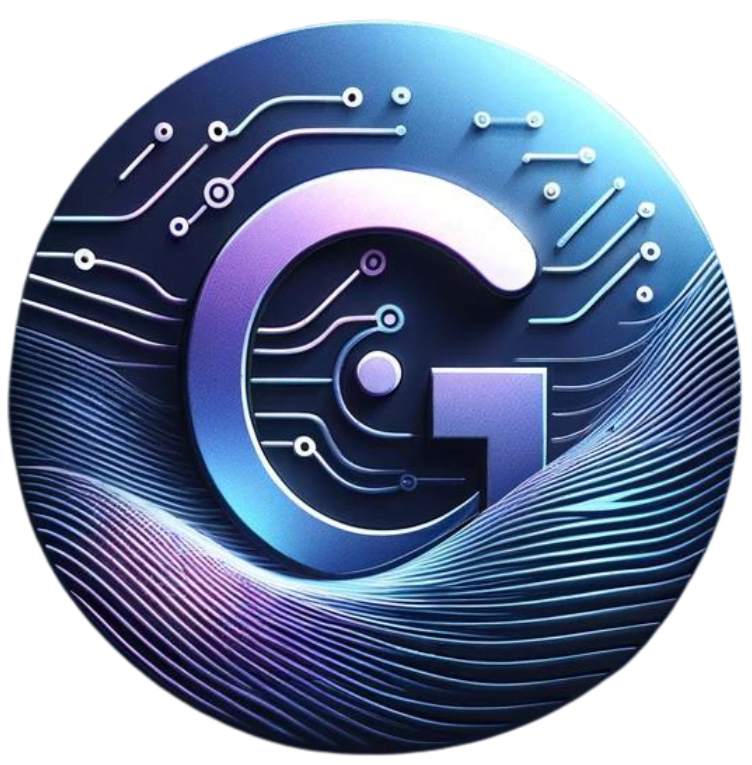The Rise of the Human + AI Creative Team

Introduction: The Dawn of a New Creative Era
Remember when creativity was considered a purely human domain? Those days are long gone.
Today, the creative process is no longer just about imagination — it’s about integration.
We’re entering the era of Human + AI collaboration, where technology doesn’t just assist — it inspires.
Artificial Intelligence has moved beyond being a mere tool. It’s now a teammate — a creative partner that helps us push boundaries we couldn’t imagine reaching alone.
Why “Human + AI” is the New Power Duo
The best creative outcomes today come from a symphony of human intuition and machine intelligence.
AI brings the data, the speed, and the insights — while humans bring empathy, humor, and context. Together, they make something magical: a collaboration that’s greater than the sum of its parts.
From Tools to Teammates: How AI Has Evolved
AI used to be a background helper — an editor, a spell-checker, a data processor. Now it’s front and center in creativity, shaping visual art, music, scripts, marketing, and even emotional storytelling.
The creative world has changed — and it’s not slowing down.
The Evolution of Creativity in the Digital Age
The Early Days of Automation
In the early 2000s, digital tools automated repetitive tasks: photo editing, layout, and simple animation. Creativity was still human-led.
The tools didn’t “think.” They just did what we told them to do.
When Technology Assisted, Not Created
Back then, creativity and technology were separate. AI lacked nuance. It couldn’t write a poem, score a film, or understand why a headline made you feel something.
The AI Explosion: From Art Generators to Storytellers
Fast forward to today — we have DALL·E, Midjourney, ChatGPT, and Runway ML creating stories, scripts, and designs with us. The line between inspiration and automation has blurred.

Why Human + AI Collaboration Works
Strengths of the Human Mind
Humans excel at emotions, ethics, and context. We understand irony, humor, and subtext — things that make content resonate.
Strengths of Artificial Intelligence
AI shines in data analysis, scalability, and precision. It can analyze millions of audience behaviors in seconds and spot trends before they explode.
The Magic of Merging Both Worlds
When you blend human creativity with AI efficiency, you unlock exponential potential.
Think of it like jazz: humans play with heart, AI keeps the rhythm. Together, they make art that moves both the mind and the market.
Real-World Examples of Human + AI Creativity
Advertising Campaigns Enhanced by AI
Coca-Cola’s “Create Real Magic” campaign invited users to design artwork using OpenAI and GPT tools. The result? Thousands of submissions blending human imagination and AI design. (Coca-Cola’s campaign)
Film and Music Production Partnerships
Directors and producers are using AI to storyboard, score music, and even predict emotional resonance. Filmmakers like Kevin Macdonald and musicians like Taryn Southern have experimented with AI co-creators.
Journalism and Content Creation in the AI Age
Newsrooms from Reuters to The Washington Post use AI to draft reports, while editors refine tone and nuance. AI handles the “how,” humans define the “why.”
How AI Empowers the Creative Workflow
Brainstorming and Ideation
Ever stare at a blank page? AI eliminates that fear. With GPT tools, creative teams can generate hundreds of starting points in seconds — from headlines to hook ideas.
Design and Visual Creation
Tools like Midjourney, Canva Magic Studio, and DALL·E 3 (source) let designers prototype faster. They allow instant iteration. This keeps the creative spark alive.
Writing and Editing Support
Writers use GPT-5 not to replace their voice, but to refine it. It acts as a creative partner — suggesting phrases, checking tone, or testing readability.
The Role of the Human in the AI Era
The Director of Creativity
AI can generate, but it can’t feel. The human role is to lead — to ensure every output aligns with brand emotion and human values.
Ethical Stewardship and Brand Authenticity
Humans guard the “soul” of creativity. We ensure that AI doesn’t cross ethical lines or produce content disconnected from culture.
The Challenges of AI Collaboration
Bias and Accuracy
AI learns from human data — and that data can be flawed. Creative teams must fact-check, review, and refine every AI-generated asset.
Ownership and Intellectual Property
Who owns an AI-generated song or logo? Legal frameworks are still catching up, making this a hot topic in digital media.
Balancing Automation with Authenticity
Overreliance on AI can make content sound sterile. The key is knowing when to let AI assist — and when to step in with heart.
Training the Next Generation of Human + AI Teams
The Rise of “Prompt Engineering”
Prompts are the new creative language. The best results come from the best instructions — which means creativity now starts with words.
Creativity as a Teachable Skill in AI Contexts
Schools like Stanford and MIT are teaching AI-human collaboration, while agencies are hiring “AI strategists” to bridge tech and art.
The Future of Creative Collaboration
Hyperpersonalized Content Creation
Imagine content that adapts to your emotions, preferences, and moment in time. That’s where we’re headed — marketing that truly understands you.
AI in Everyday Creative Roles
AI supports a wide range of professionals from social media managers to brand strategists. It is already a quiet collaborator improving productivity. It also frees up time and amplifies human ideas.
Conclusion: The Human Heart in the Machine
The future of creativity isn’t human or AI — it’s both.
When humans bring emotion and AI brings efficiency, the creative process becomes limitless.
The best teams of tomorrow won’t just use AI — they’ll create with it.
Subscribe for marketing and tech tip information.

